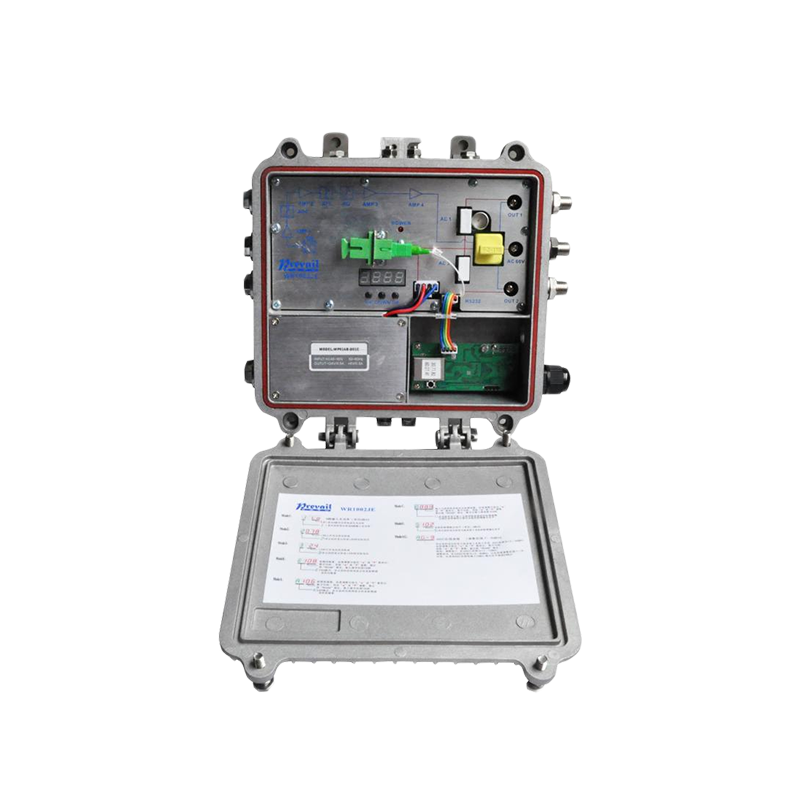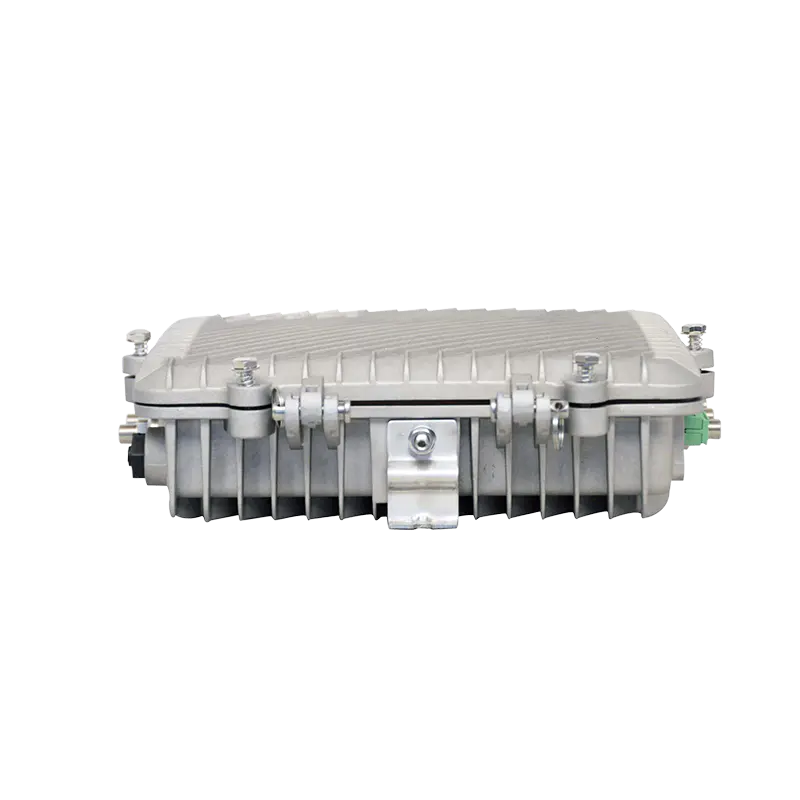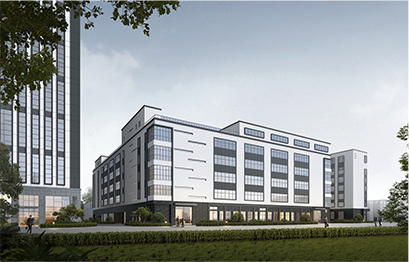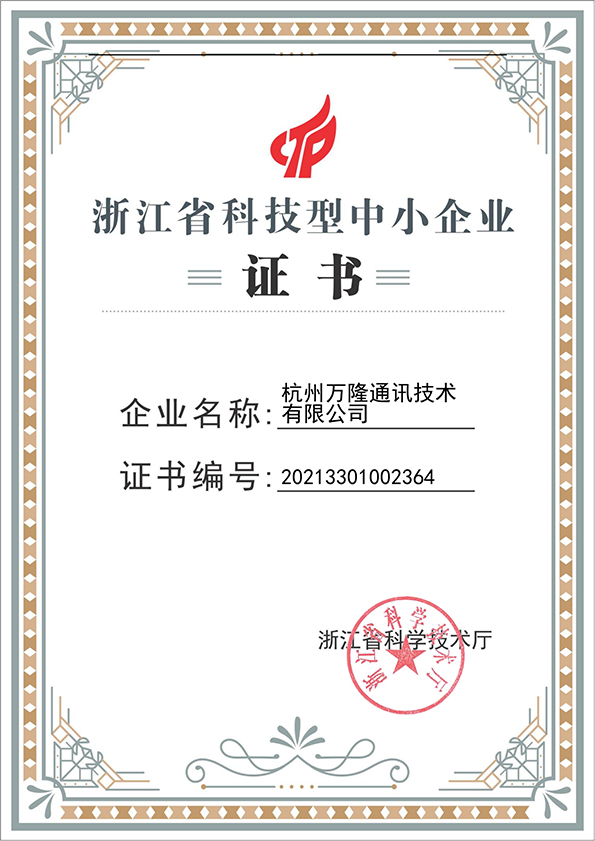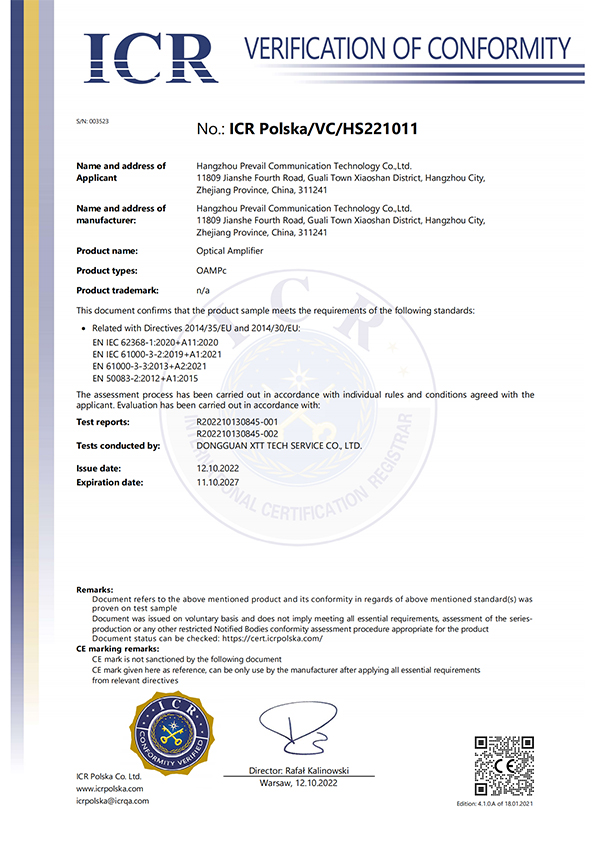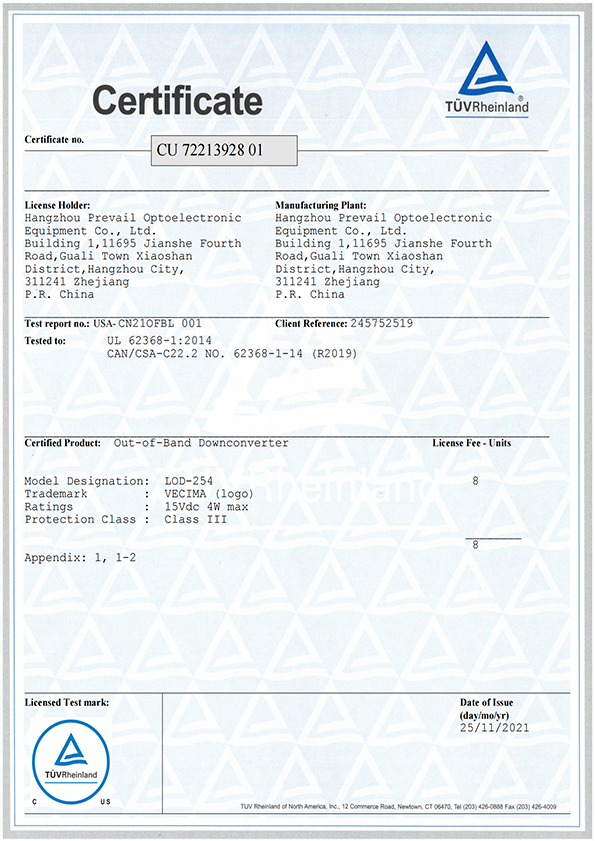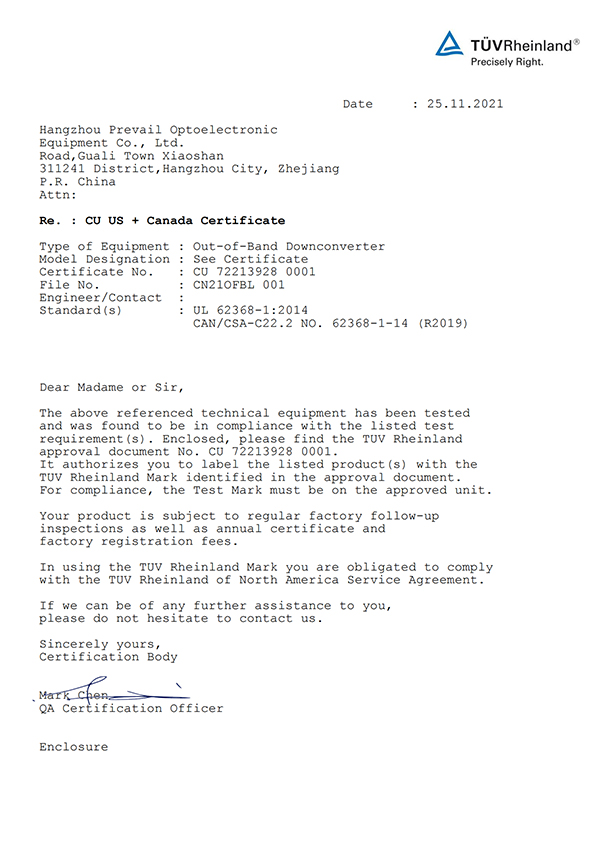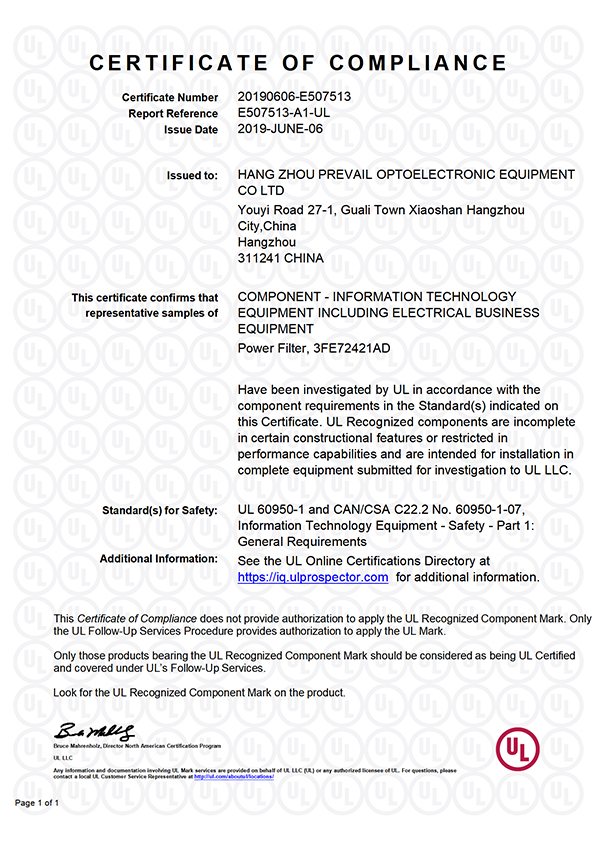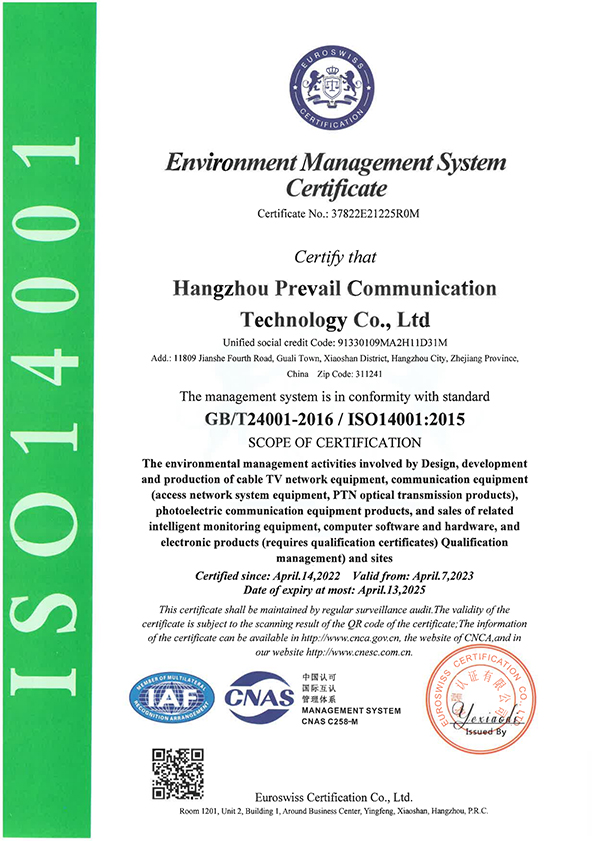Based on the characteristics of the deployment area, from what aspects should the Field Optical Receiver Series HFC Transmission Equipment be designed?
The design of
Field Optical Receiver Series HFC Transmission Equipment should take into account the characteristics of the deployment area to ensure optimal performance, reliability, and longevity. Here are key aspects that considered in the design based on the deployment area characteristics:
Environmental Durability:
Weather Resistance: If the deployment area is exposed to outdoor elements, the equipment should be designed to withstand various weather conditions, including rain, snow, extreme temperatures, and UV exposure.
Corrosion Resistance: In coastal or industrial environments with corrosive elements, the equipment should be constructed using materials that resist corrosion.
Temperature Tolerance:
Consider the temperature range of the deployment area. The equipment should be designed to operate within this range to ensure optimal performance in both hot and cold climates.
Humidity and Moisture Resistance:
For areas with high humidity or moisture levels, the equipment should be sealed and designed to resist condensation and moisture ingress to prevent damage.
Enclosure Design:
The design of the equipment's enclosure should provide effective protection against environmental factors. It should be robust, sealed, and properly ventilated to prevent overheating.
Mounting and Stability:
Consider the stability of the mounting system, especially in areas prone to high winds or vibrations. The equipment should be securely mounted to withstand environmental forces.
Power Supply Considerations:
Ensure that the power supply design aligns with the available power sources in the deployment area. If there are potential power fluctuations, the equipment should incorporate protective measures.
Optical Signal Performance:
The equipment should be designed to handle the specific optical signal conditions of the deployment area. This includes considerations for signal strength, potential interference, and variations in signal quality.
Remote Monitoring and Management:
If the deployment area is remote or difficult to access, the equipment should support remote monitoring and management capabilities. This facilitates efficient troubleshooting and maintenance.
Security Features:
In areas where security is a concern, the equipment should incorporate robust security features, including secure access controls, encryption for optical signals, and physical tamper protection.
Scalability and Upgradability:
Regulatory Compliance:
Ensure that the design complies with relevant industry standards and regulatory requirements applicable to the deployment area. Obtain necessary certifications to meet regulatory expectations.
Ease of Maintenance:
Design the equipment for ease of maintenance, with accessible components and clear procedures. This is particularly important in deployment areas where regular maintenance may be challenging.
Integration with Existing Infrastructure:
If the deployment area is part of an existing network infrastructure, the equipment should be designed for seamless integration with other network components and management systems.




